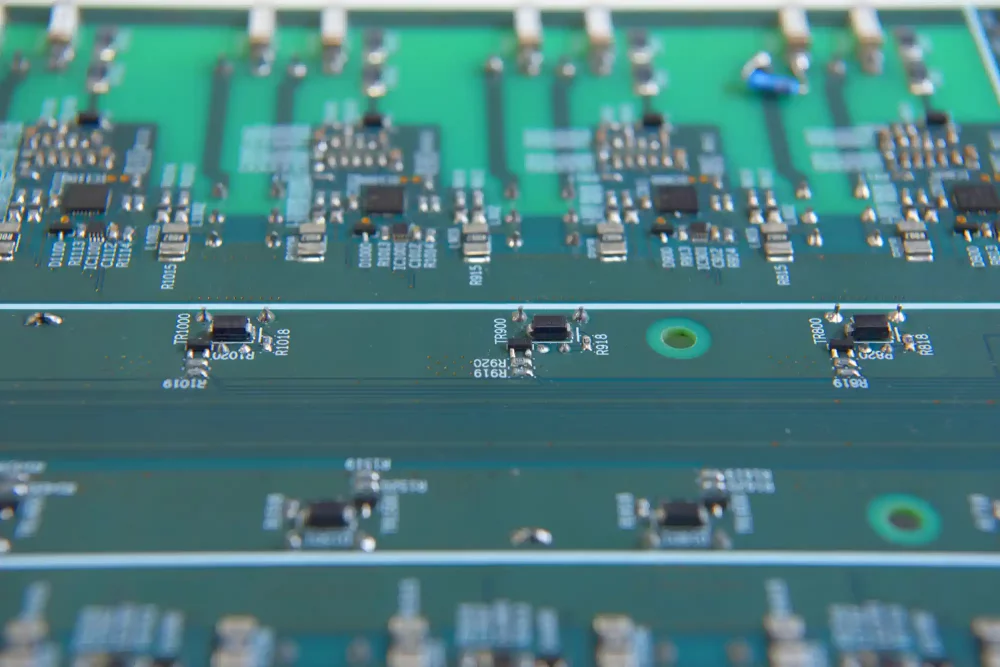The electronics industry is currently undergoing a crisis of supply, the likes of which have never been seen before. A ‘perfect storm’ of factors, including factory fires, ice storms and major shifts in demand and manufacture caused by the pandemic, have led to electronic component shortages in industries around the world. Distributor shelves appear to be emptying by the day, with ‘bread-and-butter’ parts becoming harder and harder to come by.
Myself and the rest of the engineering team here are used to the ever-changing nature of the industry, and responding to changes in the market quickly is all part of the service we offer. Innovating to solve tricky problems is in our nature, and the current component shortage crisis is no exception.
Generally the best solution is to be ahead of the game, and that means adapting our initial Explore phase to spend a bit more time up-front looking at component availability. This phase of the product development lifecycle is all about de-risking the design as much as possible, so we use our expertise and industry know-how to identify the main components and areas of technical risk, as well as investigating the feasibility of creating your product within the target time-scales and costs. And right now, procurement is top of the risk-register for many projects, so we’ve extended our Feasibility Reports to give our clients extra information on available stock levels, manufacturer lead-times, ‘second sourcing’ of components, and the availability of drop-in replacements – flexibility and back-up plans are king here!
We have seen first hand how quickly parts disappear, so working together with our clients to stay ahead of the game is the key to success. At the moment we are often recommending purchasing key components up-front, to assure supply throughout the prototyping and pre-production phases. Depending on budget, time and space constraints, we might also suggest designing in alternative parts so there’s redundancy in the circuit – meaning that in the months ahead you’ve got different options available to you should you need them.
The other aspect to keep an eye on as the development progresses is Regulatory Approvals. Depending on the product type and its intended market, critical components may need approval by a third-party e.g. a Notified Body (EU) / Approved Body (UK) / Nationally Recognised Testing Laboratory NRTL (USA). For critical components that are susceptible to being in short-supply, it’s worth making sure that all identified possible replacements are approved when the initial assessment is performed, rather than go through the inevitable delays and costs associated with piecemeal approval of substituted components further down the line.
On the surface, worldwide component shortages and procurement issues can seem like an insurmountable challenge – it’s easy to become disheartened when ‘computer says no’ each time you search for a part! But taking the time to properly plan and continually evaluate the situation throughout all stages of the process can significantly reduce the project risk.
As for us, we’re staying on the bright side here and enjoying the challenges and opportunities this is bringing us to tweak old designs and create new ones to adapt to a temporary world with less choice!

